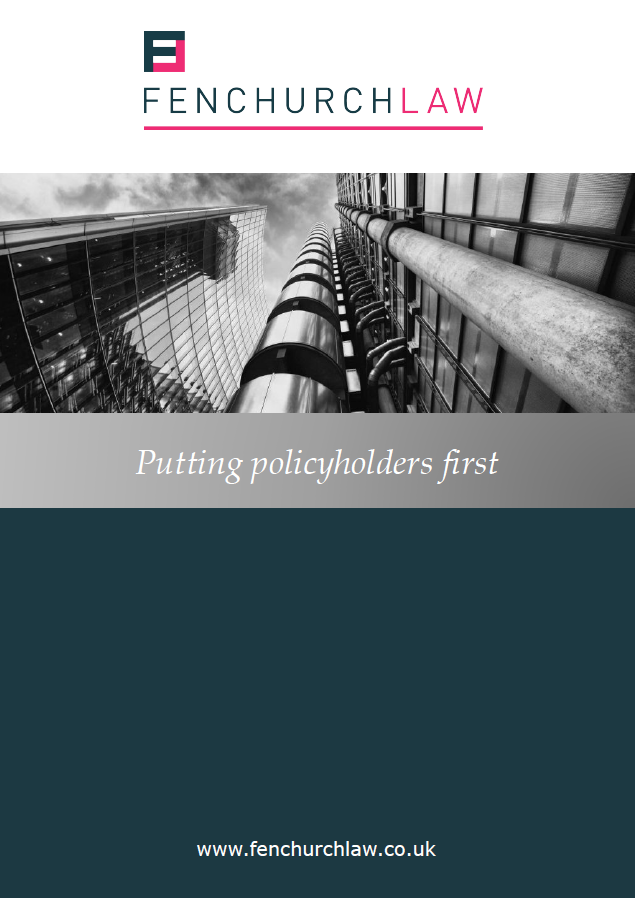
Government to fund replacement of Grenfell-style cladding
Almost 2 years after the Grenfell Tower tragedy, the government has stepped in to speed up the removal and replacement of unsafe aluminium composite material cladding (“ACM cladding”) on privately owned, high-rise buildings. What are the implications for building owners?
On 9 May, the government announced its intention to make around £200m available to remove and replace ACM cladding from approximately 170 privately owned, high-rise buildings. The decision was driven by the slow pace by building owners to replace ACM cladding on their buildings, and the government’s view that ACM cladding represents an unparalleled fire risk.
Guidance on the Fund was published on 18 July. There are three eligibility criteria:
1. The Fund is available for the benefit of leaseholders in residential buildings over 18m in height;
2. Applicants will need to confirm that they are replacing cladding with materials of limited combustibility.
3. The government expects owners to actively pursue “all reasonable claims” against those involved in the original cladding installations, and to pursue warranty claims “where possible”.
Applications to the Fund can only be made by the “responsible entity”. This will usually be the building owner, head leaseholder, or Management Company with responsibility for the repair of the property. If a responsible entity does not apply or refuses to apply to the Fund, the Guidance states that local authorities and fire and rescue services are likely to take enforcement action under the Housing Act 2004.
What is a warranty claim?
Warranty claims refer to claims made under latent defect insurance policies. Those policies provide cover for newly built properties in the event of an inherent defect which was not capable of being discovered through inspection before completion.
Typically, latent defect policies are triggered in the event of (a) a non-compliance with the relevant Building Regulations which applied at the time of construction/conversion; and (b) which causes a present or imminent danger.
Unsafe ACM cladding which has been installed in high-rise residential blocks will meet those requirements.
What other claims might be available against those involved with the original cladding installations?
Those involved with the original cladding installations are likely to include Main Contractors, Architects, and specialist cladding subcontractors. The type of claims that can be brought against them will differ in each case, and will depend upon the nature of the relationships between the parties, and the specific work which was undertaken.
One route to making a recovery against those involved with the original cladding installation is under the Defective Premises Act 1972.
The Defective Premises Act imposes a duty on builders and any other professionals who take on work in connection with the provision of a dwelling. It requires the work to be done in a professional or workmanlike manner, with proper materials, and that the dwelling is for habitation when completed. The duty is owed to every person who acquires a legal or equitable interest in the dwelling.
Summary
The message from the government is clear. Responsible entities that are eligible to apply to the Fund must do so at the earliest possible juncture, and must pursue claims available under latent defect insurance policies as a pre-requisite to any funding.
The Guidance does not explain what a “reasonable claim” against those involved with a building’s original construction/conversion would look like, and this is likely to be assessed on a case by case basis.
Our recommendation is that building owners investigate the roles played by those parties, and the availability of any claims against them. Even where a party is no longer in business, there may be insurance cover that would still respond.
Alex Rosenfield is an associate at Fenchurch law
Other news
Timing is everything – Makin v QBE and the cost of not complying with a condition precedent
3 July 2025
This recent decision from the High Court provides a powerful reminder of the consequences of not complying with a…
You may also be interested in:
Archives
Categories
- Operations
- Business Development
- Construction & Property Risks
- News
- International Risks
- Legislation
- Financial & Professional Risks
- Case Law
- Professional Risks
- Press Release
- Uncategorized
- The Good, the Bad and the Ugly
- Fenchurch Law Webinars
- Stonegate
- Newsletter
- Events
- Webinars
- Comparing German and English Insurance Law – A Series
- Construction Risks



